The Fashions Of Regency England : 1795 – 1837
Today we have a guest blogger from England. Kevin has written for us before and we love his posts. Last time was about a true English tea. Today we are talking about Fashion of Regency England. This would have been around the time Belle Grove’s main section was built. Seeing this you can image the people walking around Belle Grove after it was built. Just lovely!
Thank you Kevin!
During the last decade 18th Century George III was becoming noticeably more and more deranged. Elsewhere America declared it’s independence and the introduction of the guillotine in France sent shockwaves through the wealthy and privileged classes of Europe.
The Regency era in the United Kingdom is generally accepted as the period between 1795 and 1837. Effectively it combines the decline of George III’s rule, the period between 1811 and 1820 when the King was deemed unfit to rule and his son, the Prince of Wales was granted the title of Prince Regent to rule in his fathers name, and the period from 1820 when the Prince Regent became George IV on the death of his father until 1837 when Queen Victoria succeeded to the throne and a new era.
The ‘Regency era’ was characterized by distinctive trends in British architecture, literature, fashion, politics, and culture. Paradoxically it was a time of both excess and uncertainty for the aristocracy. The excesses were due to a sort of mini-Renaissance of culture and refinement amongst the upper classes lead by one of the greatest patrons of the arts, the Prince Regent himself: his excesses included the costly building and refurbishing of the exotic Brighton Pavilion. The uncertainty was caused by several factors including the Napoleonic wars, periodic rioting, and the concern that the British people might attempt to imitate the upheavals of the French Revolution.
But fashion is fashion the world over. European and European-influenced fashion during this period saw the final triumph of informal styles over the lace, wigs and powders of earlier centuries. After all, who in these troubled times would want to even appear to be a member of the French aristocracy.
For women’s dress, the day to day outfit of the skirt and jacket style were practical and tactful, recalling the working class woman whilst fashions followed classical ideals. Visible breasts were part of this classical look, and some characterized the breasts in fashion as solely aesthetic and sexual. Dresses were closely fitted to the torso just under the bust, falling loosely below and tightly laced corsets were abandoned in favour of a more natural high-waisted style that emphasized the body beneath the clothing.
Neo-classical tastes began to allow soft, loose skirts and blouses made of white, almost transparent muslin’s that could be easily washed and draped loosely around the body. Since the finer fabric clung to the body, revealing what was underneath, it made it possible for middle and upper class women to wear clothes that were not very confining or cumbersome, whilst still being considered decently and fashionably dressed.
During this period, the same neo-classical influence extended to hairstyles. Masses of curls were worn over the forehead and ears, with the longer back hair drawn up into loose ‘confections’ For the first time in centuries, respectable but daringly fashionable women would leave the house without a hat or bonnet, previously something more often associated with prostitutes.
The ground-breaking shifts and changes that occurred in fashion at the turn of the 19th century granted people the opportunity to present new public exterior identities that provided insights into their individual private selves.
Please visit our Facebook Fan Page
“Like and Share” us with your friends
Thank you!



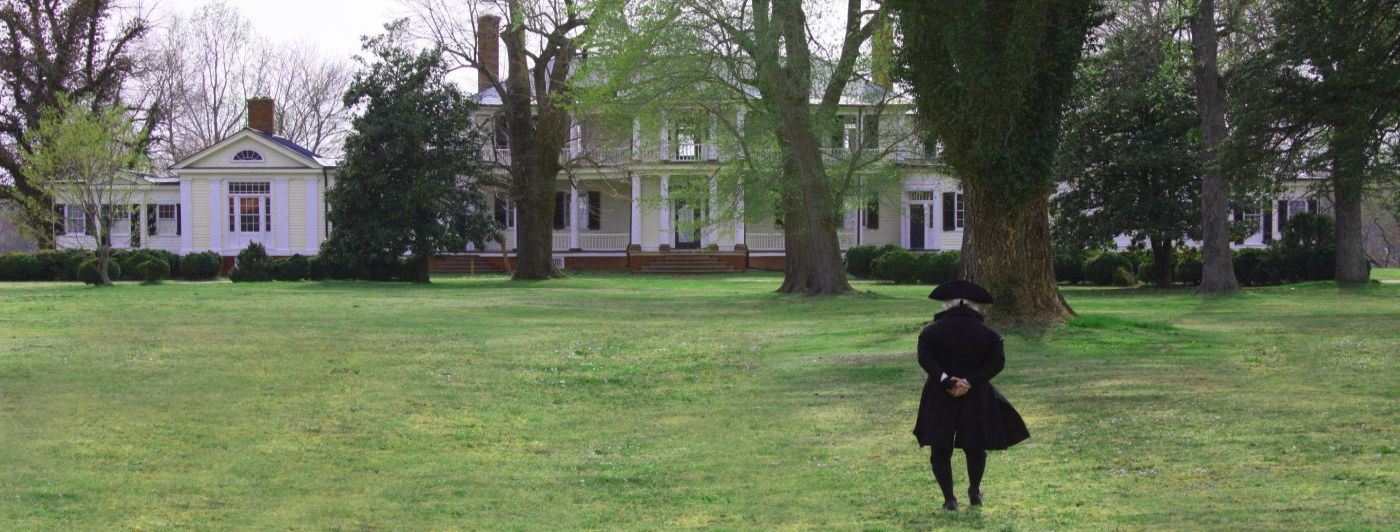


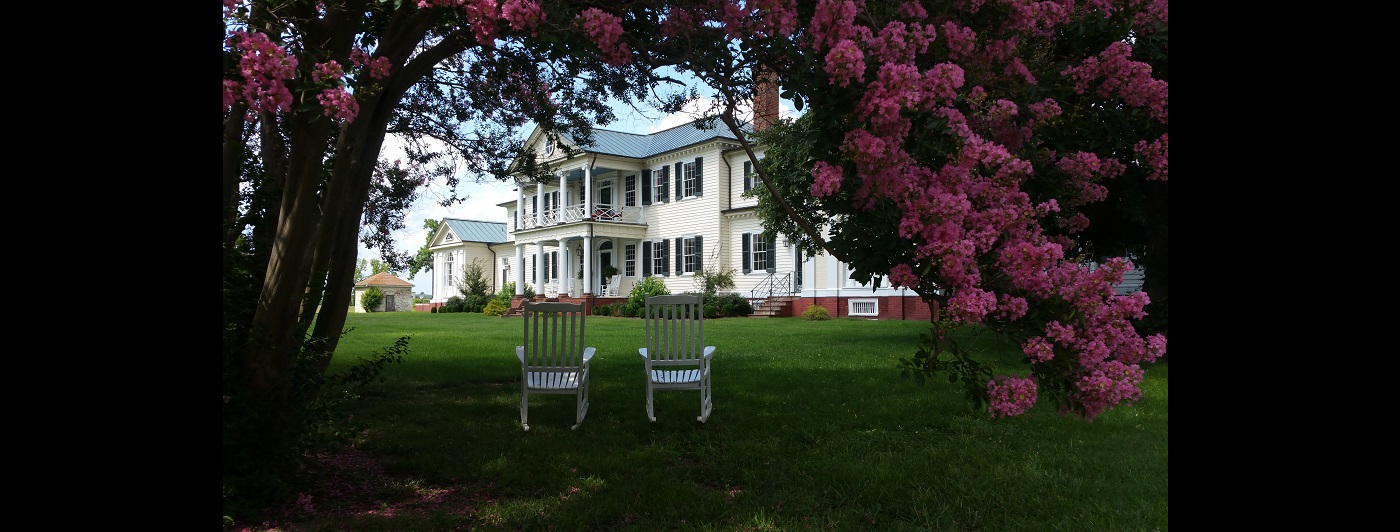
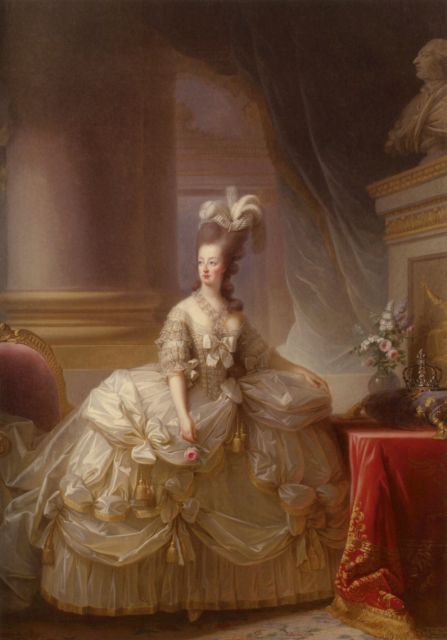
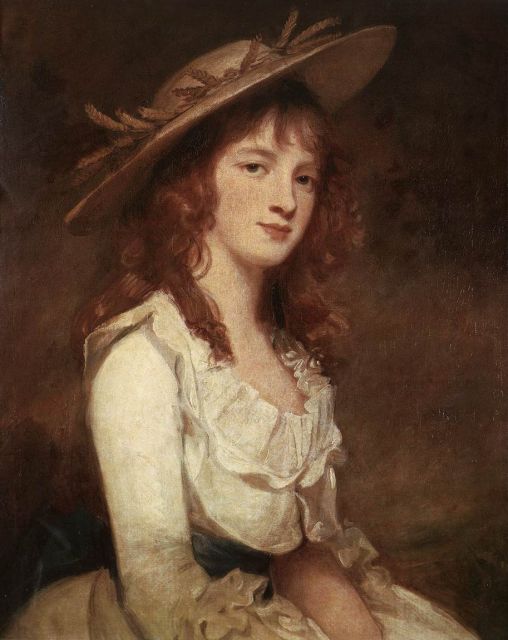
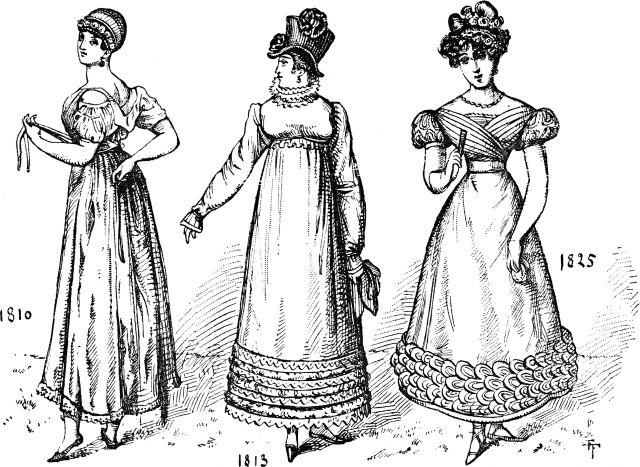
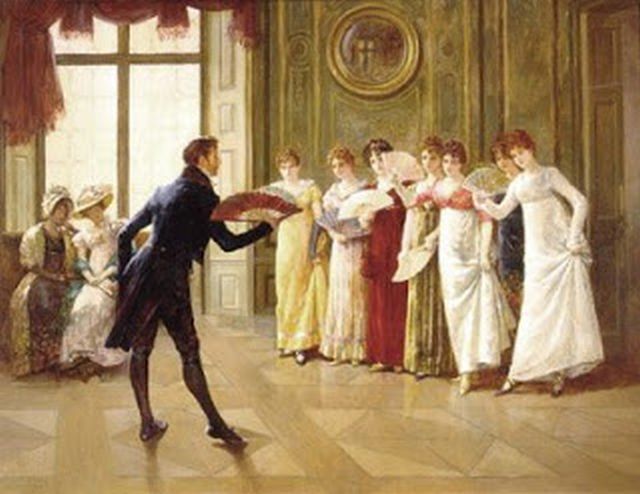
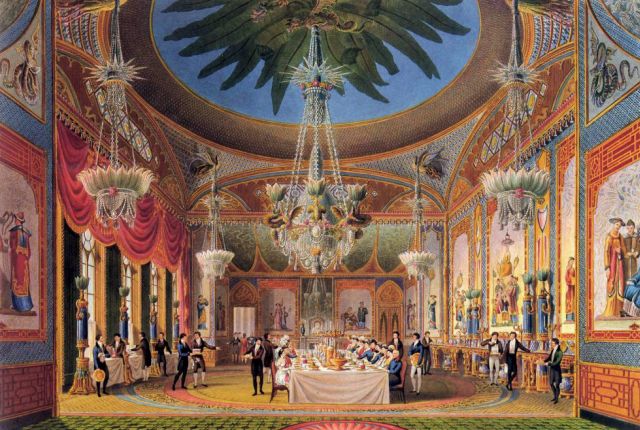
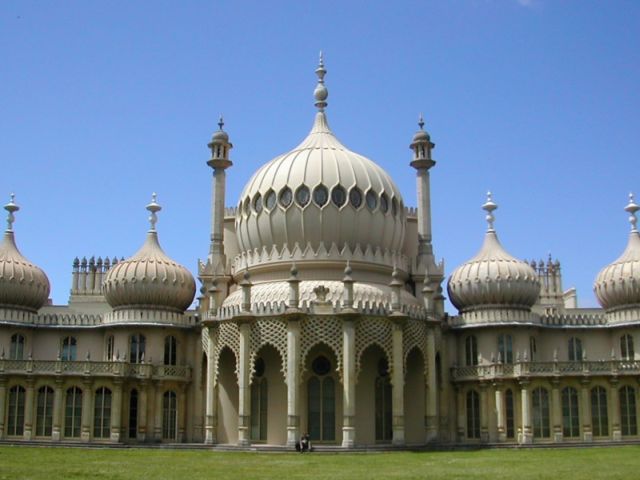
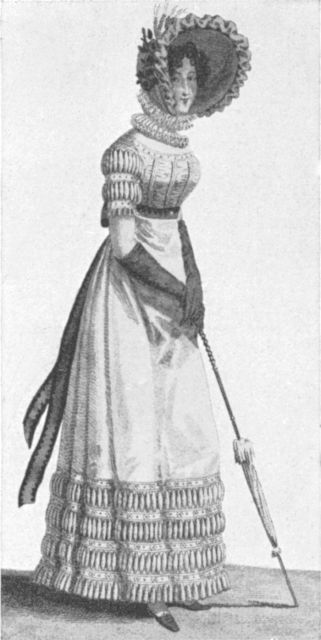
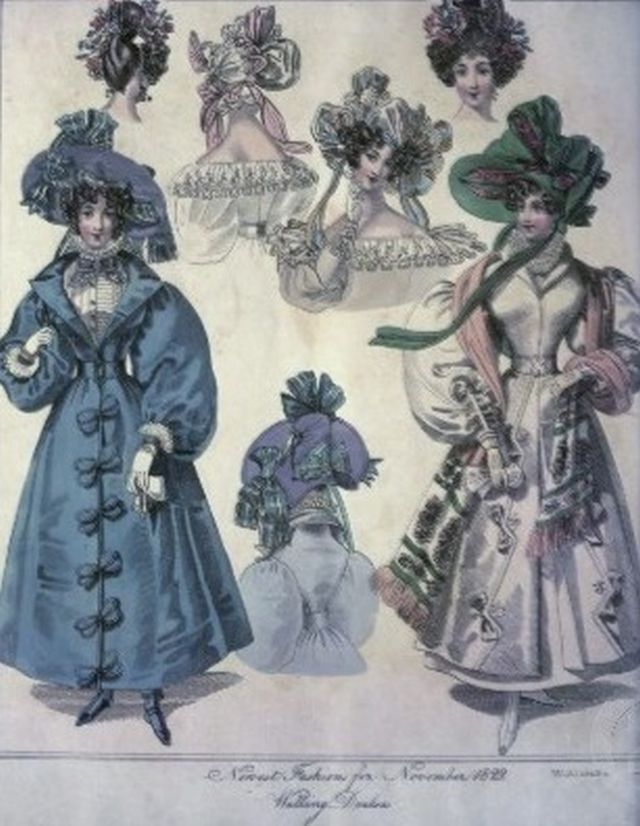
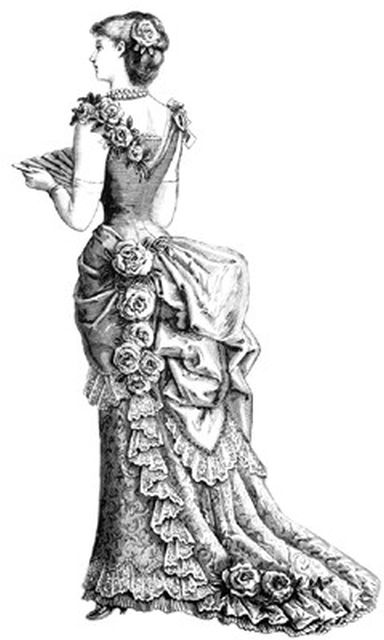
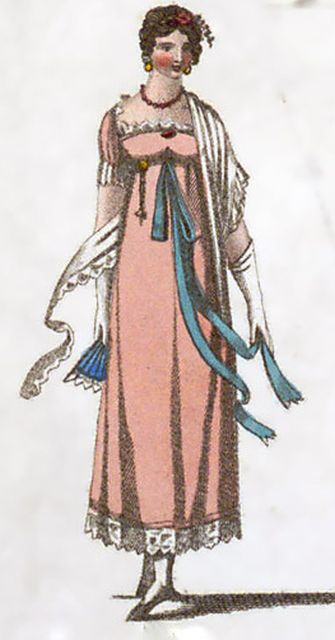
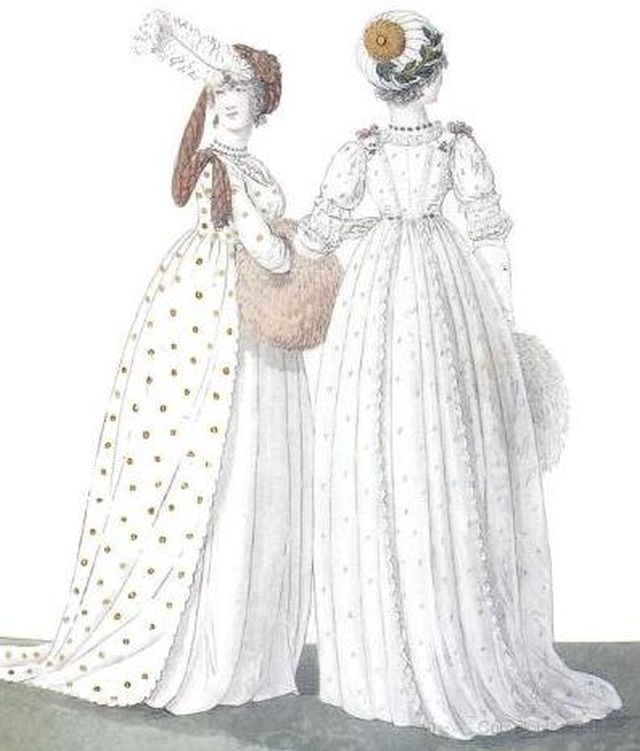
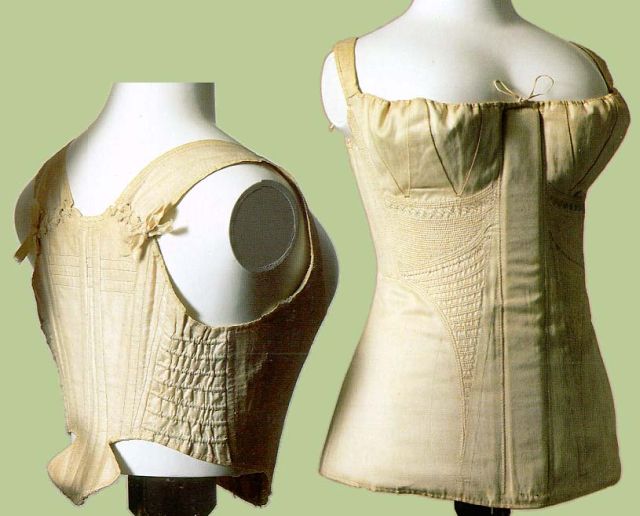
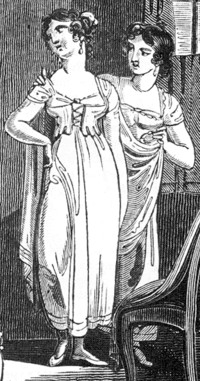
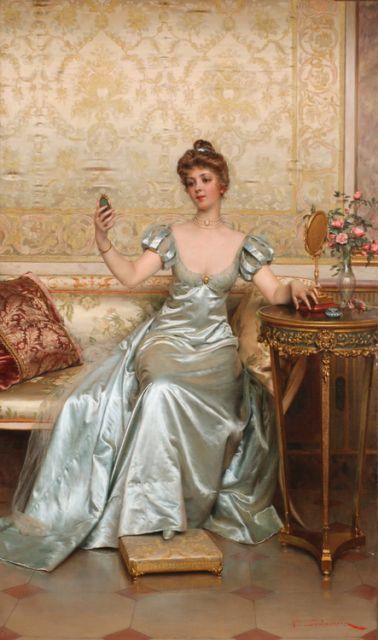

Interesting piece…though the plate entitled day wear 1902, must have got scrambled with 1902, for as you can see, she is wearing the nipped- in tightly corsetted Edwardian fashion, with a bustle at the back, quite unlike Regency fashions.
I think the estimation of the regency period lasting until 1850 is not quite accurate. 1850 was mid-Victorian period, the Victorian age began nearly twenty years earlier with Victoria;s accession. By the mid fifties, it was full skirts, waists and and tight-lacing again – as in Gone With the Wind !
I always associate your plantation house with that period !
You know, I think Kevin was basing the period according to the British time period which is different from the one here in the US. But I have to say, I am not really up on the fashions of the period. I too see Belle Grove as Gone with the Wind. Thank you!
I feel I must thank you for you observations but I assure you that this guest piece has received the same attention to detail as my own posts do.
As plainly stated in my title the regency period ended in 1837 with the accession of Queen Victoria. The 1802 plate is consistent with others I have on file and is an early ‘cross-over’ of old to new. The heavy bustle and full skirting show the influence of the 17th century with the addition of the ‘bare-arms-and-shoulders’ of the Regency.
The restraints returned with Victoria, following the death of her beloved husband Albert in 1861 she effectively went into mourning for him for the next forty years. It was not until her son Edward VII, a playboy and dandy in the mould of ‘Prinny’ the Prince Regent acceded to the throne after a long wait for his mothers passing, that the second Edwardian era saw the return of the bare arms and shoulders plus the full dresses of the new Parisian stage dancers. One final point, it must be remembered that the book ‘Gone With The Wind’ and the film based upon it was in fact romantic fiction and subject to artistic licence.
Finally, there is no evidence to suggest that Scarlett O’Hara ever existed! Sorry!
Thank you so much for your long and detailed reply. So good of you to take the time… I suppose I still need convincing that 1802 wasn’t a typo, as that whole silhouette -, wasp waist, bustle etc, was so classically Edwardian, and quite unlike the earlier fashions which preceded the Regency modes.
Yes, as a historian, I was well aware that Gone with the Wind was fiction… I used it as an analogy in the context of the Madison home. And I absolutely agree,
Hollywood ‘s idea of historical accuracy. is usually totally distorted whether they;re dealing with clothes or historic fact!!!
What a fascinating post! Thanks!
Thank you!
To step back and time and breathe…
S. Thomas Summers
Thank you! Hey you should send along some books for our “Virtual Housewarming Party”!
For you to sell? Send me a link describing the event. My second book was just released. God bless.
Here is what we are doing right now :
http://virginiaplantation.wordpress.com/2013/06/07/housewarming-party/
I find this sort of history fascinating. Even in my family scrapbook I have notied the changes in fashing for both men and women as far back as 1850. Our family scrapbook is more than just pictures of people, but of places and spaces of history of a villiage, town, or property owned. We are just plain, ordinary people, but I want my grandchildren and great grandchildren to know from where we came and what an ordinary day was like. This bit of fashion history on the post today does that to my imagination.
What a grand thing to have! I am so jealous!
Just putting in my two cents. Family lore.
🙂
A woman after my own heart! I find the whole thing of history and family quite fascinating.We must all respect our heritage or what is it actually worth?
Thank you,
Kevin
Thank you!!
Thank you. It takes a lot more time than the fancy scrapbooks I see with expensive stickers and artwork, but I think it will mean so much more to my children and grandchildren. Thanks Kevin. 🙂
🙂